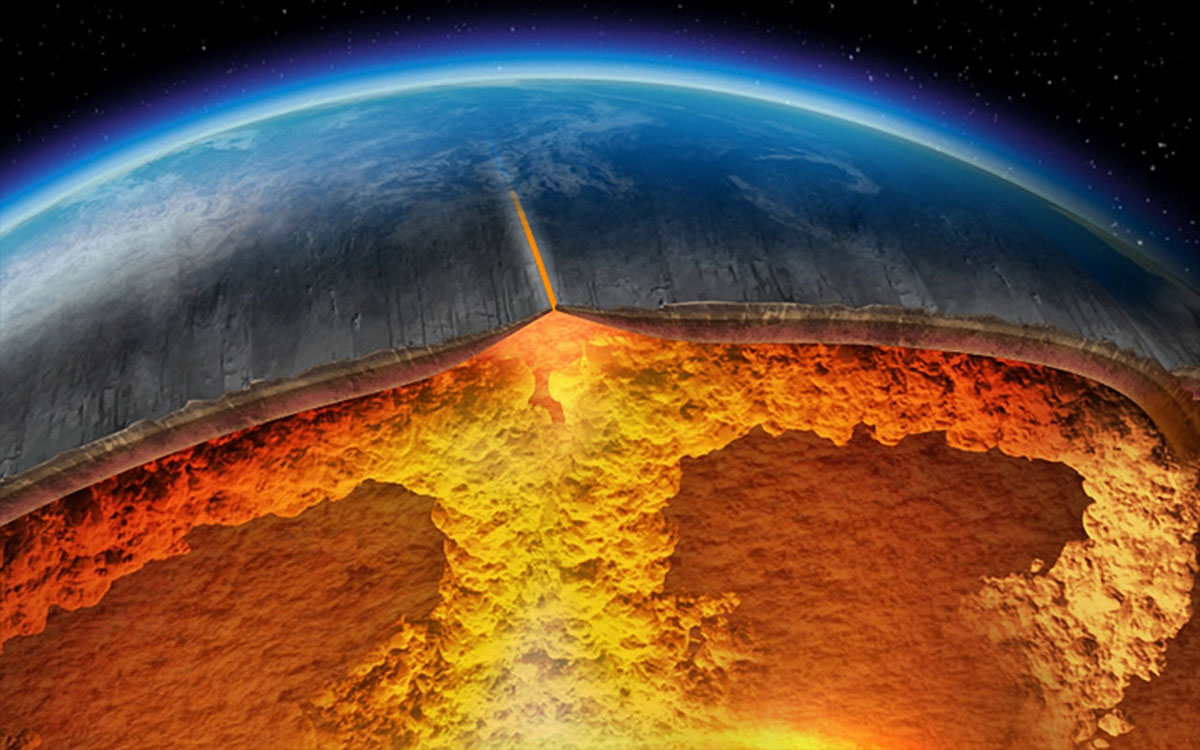yellowstone is rumbling, hit the decks?

If last year wasn’t filled with enough bad or unnerving news for you, here’s something you might have missed. Quake swarms described as unusual by both the media and geologists have been detected across Yellowstone National Park. Yes, the park that’s a giant triple caldera of a supervolcano that could wipe out the continental US when it’ll unzip itself once again and launch hundreds of cubic miles of red hot ash and rock into the air.
In the last five years, the Yellowstone magma chamber received a lot of press when the ground under the national park started rising higher than normally. Pair that with sudden emissions of poison gas around some seismically active areas and dramatic documentaries wondering if the supervolcano is ready to blow are all over educational channels like Discovery and NatGeo. The BBC even made a very high budget TV movie to show what would happen if Yellowstone erupted today with the same strength as it did about 1.2 million years ago. Now the wires are abuzz with reports of unusual quake swarms and soon enough, people are gonna start wondering whether to start worrying.
Before you book your one way ticket to South America or the Canadian Arctic though, there are a few very important things to keep in mind about Yellowstone. A number of geologists who’ve studied Yellowstone for many years went on record saying that there’s a VEI 8 event at the site every 650,000 years or so and interestingly enough, the last super eruption happened 640,000 years ago. Does this mean we’re due for another apocalyptic blast? Not really. The average time between super eruptions was derived from studying the last three events in Yellowstone which happened 2.1 million, 1.3 million and 640,000 years ago respectively, give or take a few tens of thousands of years either way.
There are a lot of adjectives to describe a supervolcano, but predictable isn’t one of them. The actual engine of the beast under Yellowstone is a hot spot, a massive magma chamber sitting under the North American tectonic plate. It suddenly appeared 17 million years ago and since then, it’s been causing massive eruptions. As it moved northeast, it left calderas spaced a few million years apart from each other. We don’t know the age of every super eruption so it’s very hard to make an accurate running average. And either way, with estimates that may be plus or minus 20 or 30,000 years are pretty much useless as a guide.
When it comes to higher than normal ground elevations and strange quake swarms, we should remember that observations only started in 1923 while the volcanic system has been under the park for well over 2 million years. I doubt that in just 85 years we’ve seen everything that would normally happen to the volcanic system while it’s quiet. We should definitely keep an eye on all new observations and think of how we can prepare for the worst, but we shouldn’t panic about a quake swarm and slightly higher ground elevations. At least not yet…





